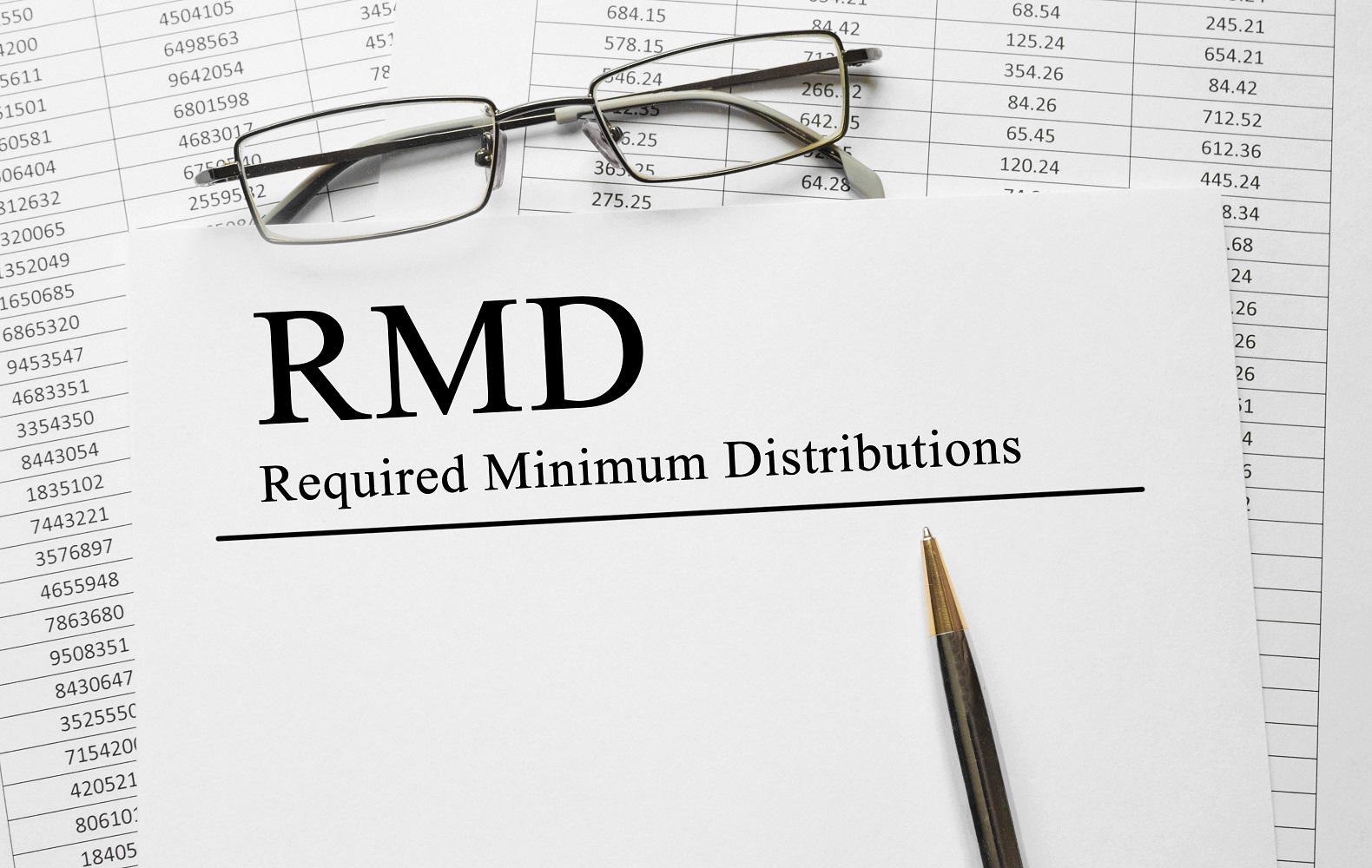New Proposed IRS Regulations on RMDs

On Wednesday, February 23, 2021, the IRS and the U.S. Department of the Treasury issued REG-10954-20, proposing regulations which would update the rules governing required minimum distributions (RMDs) from qualified retirement plans and annuities.
The proposed regulations are pursuant to legislative action which made statutory changes to existing law covering these RMDs, most specifically and most recently the Setting Every Community Up for Retirement Enhancement (SECURE) act, enacted and signed into law in December of 2019. We wrote about the SECURE Act back in January of 2020 – read our post here.
Some of the more significant changes include:
- Increasing the starting age at which RMDs must be taken from 70½ to 72, for distributions made after December 31, 2019, from qualified accounts to individuals who turned or will turn 70½ after that date.
- For individuals other than employees owning more than 5% of the outstanding stock in their employing company (5% owners) or IRA holders, RMDs are required to commence no later than April 1 of the later of:
- the year following that in which the qualified account holder reaches 72, or
- the year in which the qualified account holder retires
- For 5% owners and IRA holders, only the first option is available – they must begin taking RMDs by April 1 of the year following their 72nd birthday, whether they have retired or not.
- Eliminating “stretch” IRAs and “stretched” distributions from other qualified plans. Prior to the SECURE Act, a designated beneficiary of such an account could stretch the payments over the course of their life or life expectancy. The SECURE Act eliminates this option for all but a newly created class of “eligible designated beneficiaries,” which includes:
- the surviving spouse of the qualified account holder
- a surviving minor child (under 21) of the qualified account holder
- a disabled person whose disability began prior to the qualified account holder’s death
- a chronically ill individual, within certain limitations and exceptions
- an individual not more than 10 years younger than the qualified account holder
- Other designated beneficiaries of the qualified account holder must take distributions such that the full amount of their benefit interest is distributed within 10 years of the account holder’s death (10-year rule).
- The 10-year rule also applies to the qualified account holder’s children, even those who are minors at the time of inheritance, once they reach majority.
- Beneficiaries of designated beneficiaries of the original account holder are bound by the 10-year rule.
There is, of course, much more to the proposed regulations than the above; the proposed regulatory changes run 275 pages long. The above are salient highlights which we believe would have the greatest impact on the greatest number of qualified retirement account holders.
We cannot recommend too strongly that you consult with us about your retirement accounts, as well as your designated beneficiaries, before setting up your RMDs. RFG is here to help you through the process of determining what’s best for you and your family, both now and down the road.
Please click here to let me know how I can help you.
Feel free to share this email via the buttons below.
Until next time –
Peace,
Eric
